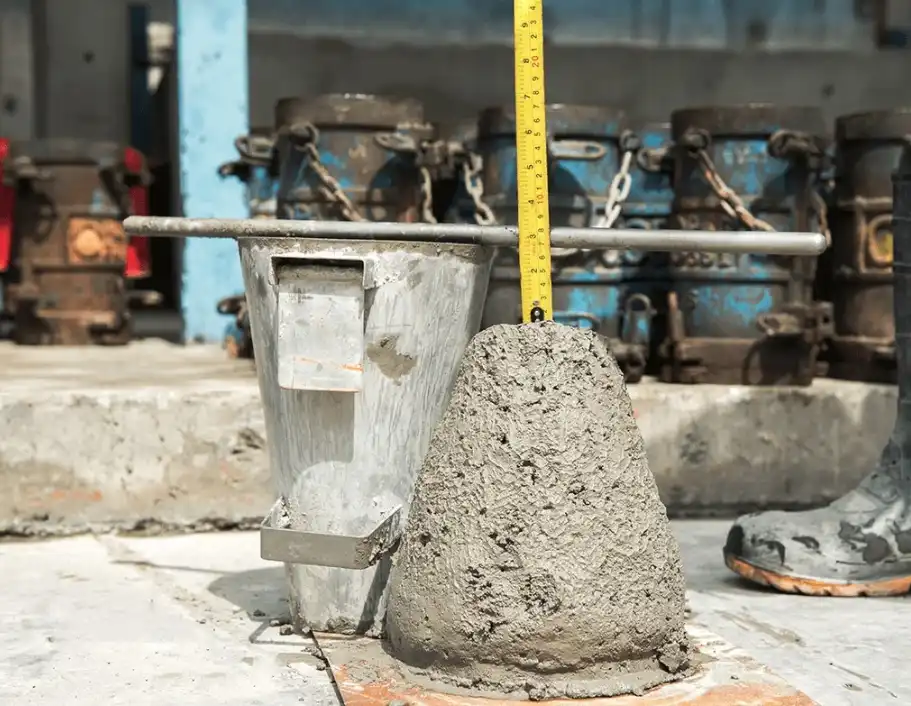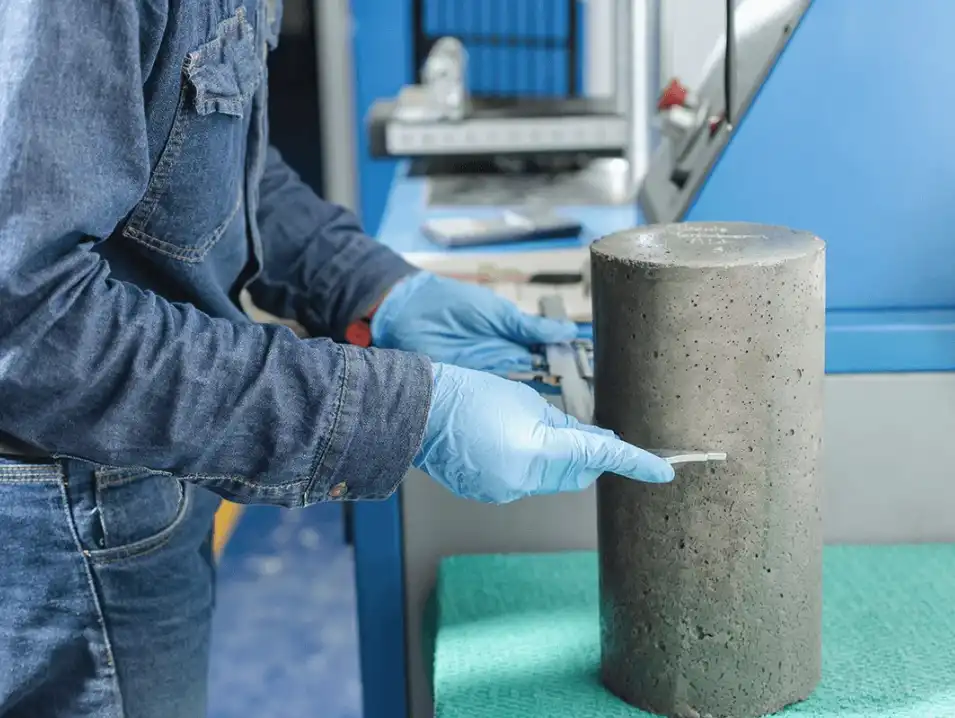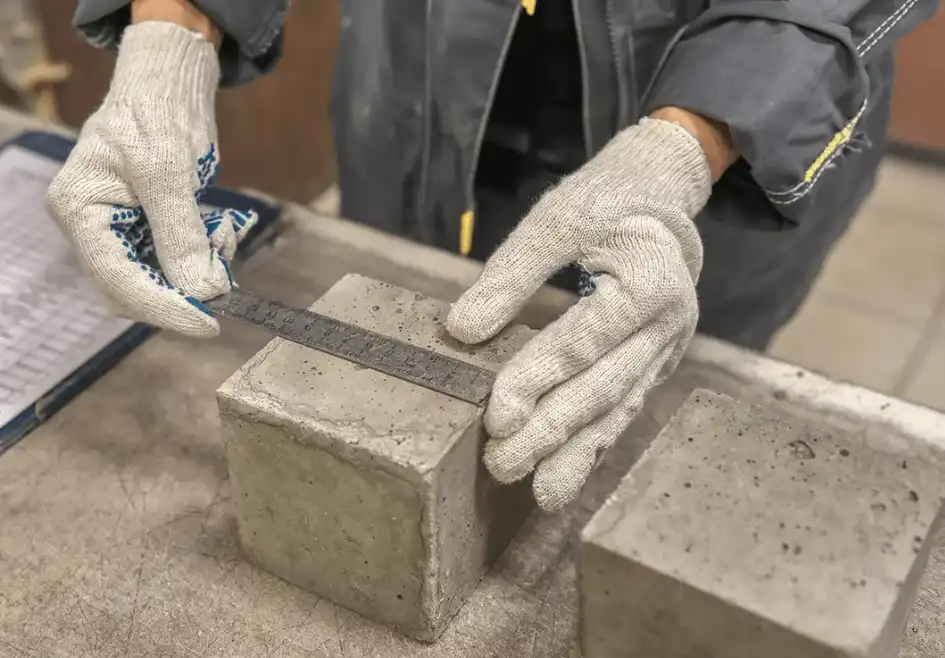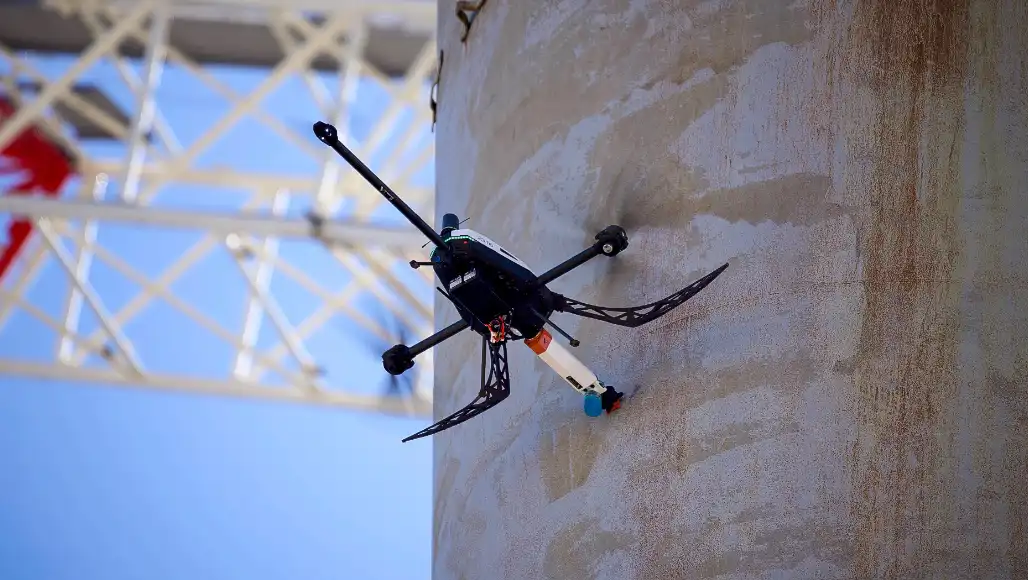Concrete testing is a quality control process in construction, involving various tests to assess the properties of concrete, ensuring its strength, durability, and suitability for its intended use. Concrete testing instruments are used to assess the properties of concrete, both in its fresh and hardened states, ensuring it meets specified standards for construction and safety. These instruments can be broadly categorized into those used for fresh concrete testing (e.g., slump test, air content test) and those for hardened concrete testing (e.g., compressive strength, flexural strength).
Fresh Concrete Testing: These tests help assess the concrete’s suitability for placement and predict its long-term performance.
- Slump Test Apparatus:
- Measures the consistency and workability of fresh concrete, indicating its flowability.
- Air Meter:
- Determines the air content in fresh concrete, which is crucial for its durability and resistance to freezing and thawing.
- Vibrating Table:
- Used to consolidate and settle concrete in molds, ensuring proper compaction and minimizing air voids.
- Compacting Factor Apparatus:
- Provides a more precise measure of workability than the slump test, especially for self-consolidating concrete.
Hardened Concrete Testing: These tests are crucial for quality control, ensuring the concrete structure meets design specifications and performs as expected.
Common Destructive Tests:
- Compressive Strength Test (ASTM C39): This is the most common test, measuring the maximum compressive load a concrete specimen (usually a cylinder) can withstand before failure.
- Flexural Strength Test: Evaluates the concrete’s ability to resist bending forces, often using beam specimens.
- Split Tensile Strength Test (ASTM C496): Determines the concrete’s resistance to tensile stresses by applying a compressive load to a cylindrical specimen placed horizontally.
- Drilled Core Test (ASTM C42): Involves extracting core samples from hardened concrete and testing their strength.
- Hardened Air-Void Analysis (ASTM C457): Determines the volume and distribution of air voids in the hardened concrete, which is important for durability.
- Hardened Concrete Analysis: This can include tests for cement content, aggregate grading, and the presence of other materials like fly ash or slag.
Common Non-Destructive Tests:
- Rebound Hammer Test (ASTM C805): A surface hardness test that estimates compressive strength based on the rebound of a spring-loaded hammer.
- Ultrasonic Pulse Velocity Test (ASTM C597): Measures the time it takes for an ultrasonic pulse to travel through the concrete, indicating its homogeneity and potential defects.
- Pullout Test: Measures the force required to pull out a steel rod embedded in the concrete.
- Other NDT methods: Include radar, infrared thermography, and acoustic emission, which can help assess concrete quality and identify potential problems.
- Compression Testing Machine: Determines the compressive strength of concrete specimens, a crucial indicator of its load-bearing capacity.
- Flexural Testing Machine: Measures the flexural strength of concrete beams, important for assessing its ability to resist bending and cracking.
- Beam Mould: Used to create concrete beams for flexural testing.
- Concrete Cube Moulds: Used for creating concrete cubes for compression testing.
- Penetrometer: Used to assess the hardness and strength of concrete by measuring the depth of penetration of a probe.





